Summary
- The primary government aircraft of the Netherlands is a unique Boeing 737-700 operated by KLM.
- The interior of the aircraft was designed to be practical and functional rather than luxurious.
- The aircraft is divided into three cabins, including a private workspace, master bedroom, and seating area for support staff and media.
Presidential and government aircraft are critical symbols of a nation's image, and, as a result, countries will put significant effort into operating recognizable aircraft that display their government's prowess.
The United States presidential aircraft, a specially configured and heavily modified Boeing 747-200 which is widely known as Air Force One, has historically served as a key symbol of American national pride and of presidential authority. Across the Atlantic, there are undoubtedly a number of VIP-configured aircraft that are operated for governmental heads across the continent.
The Netherlands is no different, and maintains a special Boeing 737-700 business jet for presidential operations, which maintains some rather unique characteristics in comparison to others across the continent. In this article, we will take a closer look at the story of this unique plane.
A key difference
There is a noteworthy difference between the Netherlands' primary government aircraft and those of most other nations across the globe. Surprisingly, this actually does not have anything to do with King Willem-Alexander, a licensed pilot who was known to fly for the Dutch flag carrier Royal Dutch Airlines (KLM).
Most nations, such as both the United States and the United Kingdom, have the aerial branch of the armed forces operating VIP aircraft. In the US, the United States Air Force operates a number of different VIP-configured aircraft for the transport of the President, Vice President, members of Congress, and even high-ranking Generals.
In the Netherlands, however, the primary government jet is not, in fact, operated by the Royal Netherlands Air Force. Rather, the VIP-configured 737 is operated by the commercial airline and Dutch flag carrier KLM.
Background
The story of the nation's latest VIP aircraft goes back to 2017, when the Dutch government announced the retirement of its former executive jet, a modified Fokker 70. The aircraft was set to be replaced by a Boeing 737 Business Jet, an unsurprising choice given the aircraft's extensive range and proven history as a VIP transport.
Get all the latest aviation news right here on Simple Flying!
This Boeing Business Jet (BBJ) has long been a popular choice among private buyers, as it boasts an extended range in comparison to most of its rivals. When configured as a private transport, the 737-700 business jet can remain airborne for up to 12 hours, making the entire globe accessible with just a single stop from Amsterdam.
The aircraft was configured with the assistance of industrial design engineer Robin Dunlop, who worked with London-headquartered business jet specialist Altea to perfect the plane's interior. Its construction was done in partnership with Hoogerheide, a Dutch aircraft maintenance and completion company. The aircraft was delivered to KLM in 2019.
The plane had to be practical and functional
When given the project, Dunlop was told by the Dutch Government that the plane should be practical and functional and not appear overt or luxurious. When speaking about the project with the United Kingdom's Design Society, Dunlop said:
"The project differed from the many privately owned or Middle East-based designs we have delivered previously because it was European and a government project. We had not one stakeholder interested but a whole nation of taxpaying design-savvy observers."
Dunlop went on to comment on the extended Dutch history of design and commended the nation's collection of internationally recognized designers.
Furthermore, he praised the Dutch engineering team for their positive and fun-loving attitude, allowing him to bring fun and quirkiness to what many might have considered a rather boring government project. According to Dunlop, the aircraft, in its final form, is packed with trademark Dutch character.
The aircraft is divided into three cabins
The passenger area in the Netherlands' Government Boeing BBJ 737 is divided into three cabins, according to Business Insider. Two forward areas are used as conference areas and dining rooms by government officials, and a seating area is located at the back of the plane. Features on the special Netherlands Government Boeing BBJ 737 include the following features.
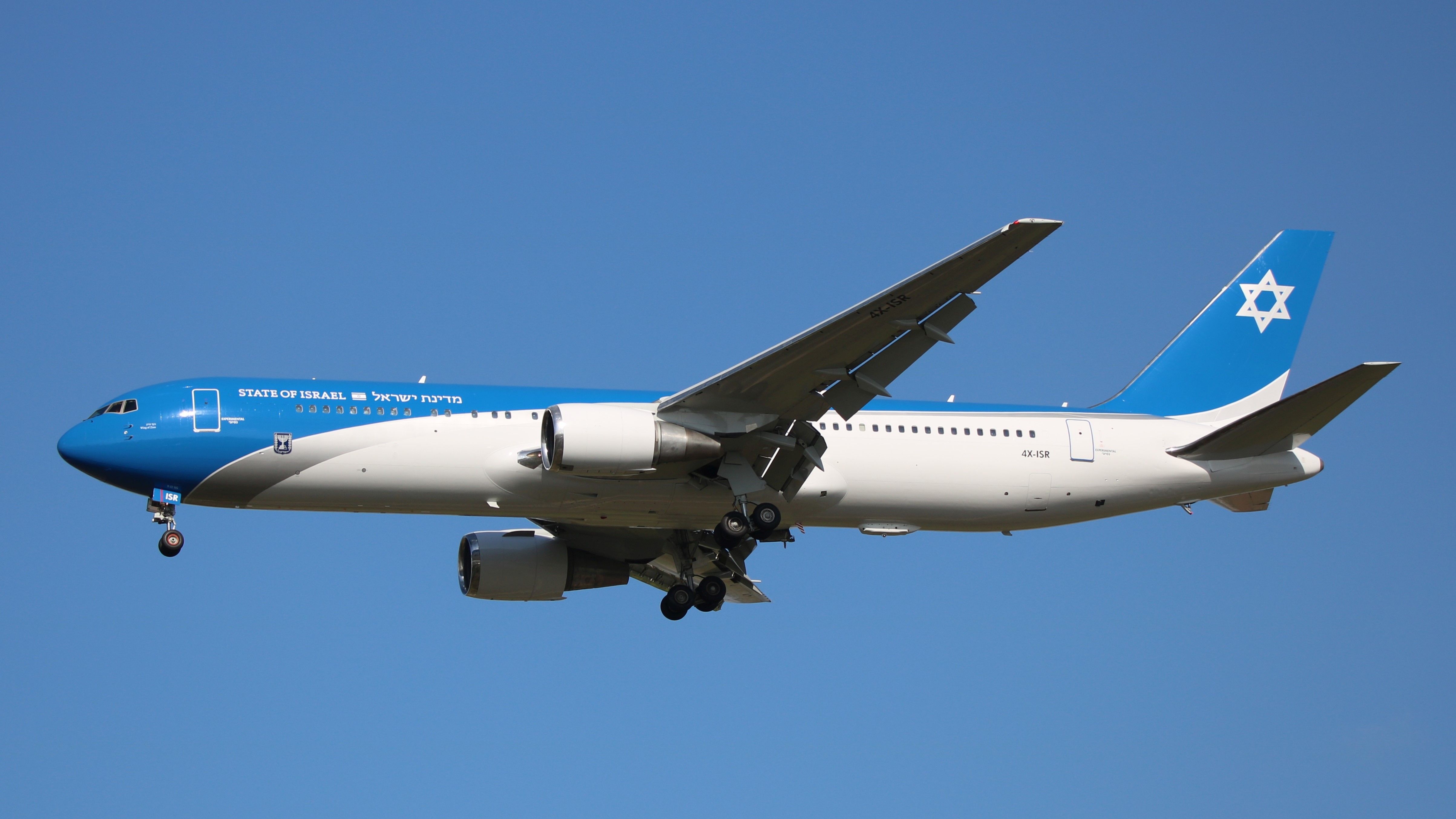
Israel Is Getting Ready To Use Its VIP Transport Boeing 767
The controversial "Wing of Zion" will enter into service in November ahead of the United Nations Climate Conference.When you board the aircraft, a small hallway leads to the main seating area. There is a wardrobe on one side of the hallway with leather-clad blue and orange coat hangers and a drawer used to store glassware. Opposite the wardrobe, there are two lie-flats that are used when extra pilots are needed for long journeys.
As you enter the first section of the cabin, you walk into the primary workspace of the plane, where government officials work and dine. With only six seats, it is the most private part of the aircraft. With all six seats being lie-flat, it can also double as a sleeping area.
All the electronics in the cabin, including televisions, window shades, cabin lighting, and temperature, are controlled by a downloadable app. Meanwhile, all meals onboard the private jet are served on iconic blue and white Delftware china inspired by 14th-century Chinese porcelain.
Moving further along the cabin after the main conference room is the master bedroom with an en-suite bathroom that contains a toilet vanity and walk-in shower. The master bedroom is only used by the Dutch royal family or high-ranking government officials, such as the Prime Minister and his three deputies.
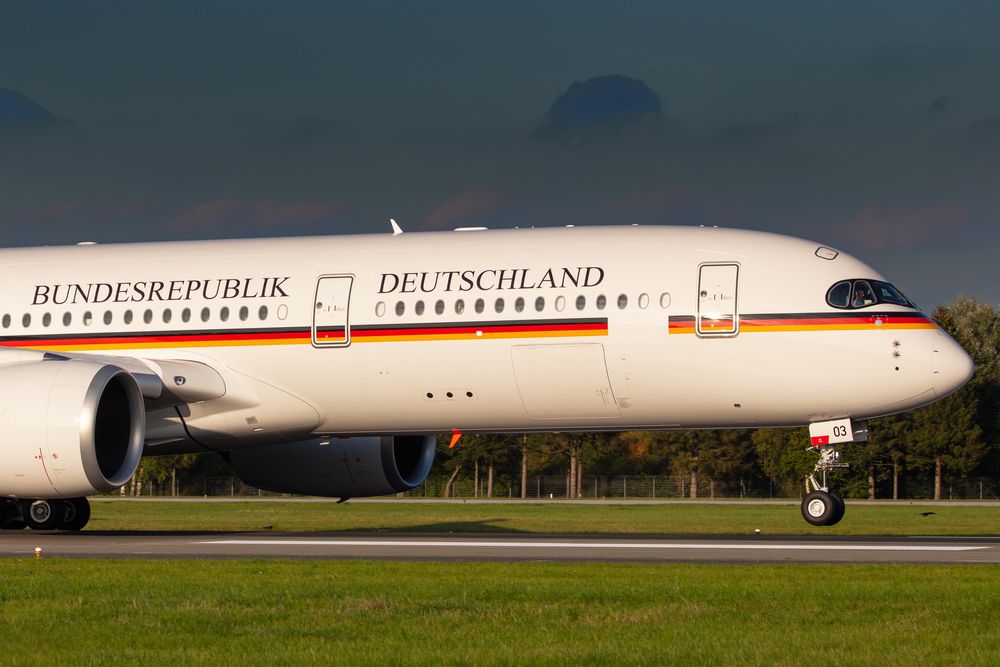
Lufthansa Technik Hands Over Another VIP Airbus A350 To The German Airforce
The delivery marks the two-third point of a contract to convert three aircraft on behalf of the German Government.The plane's middle section contains a second conference and dining area with eight lie-flat seats and two large tables. Located behind the wings, you come to the main seating area of the plane, where there are 12 first-class-style seats laid out in a 2+2 configuration. This area of the aircraft is reserved for support staff and the media.
The Dutch King is a pilot
For 21 years, the then Prince flew as a co-pilot for KLM Royal Dutch Airlines twice a month. Trained to fly the Fokker 70 twin-engined regional jet, Willem kept a low profile, never revealing his identity to passengers as he flew around Europe. Now the Dutch King, Willem-Alexander, has retrained on the Boeing BBJ 737 so that he can fly himself and his family to attend royal engagements.

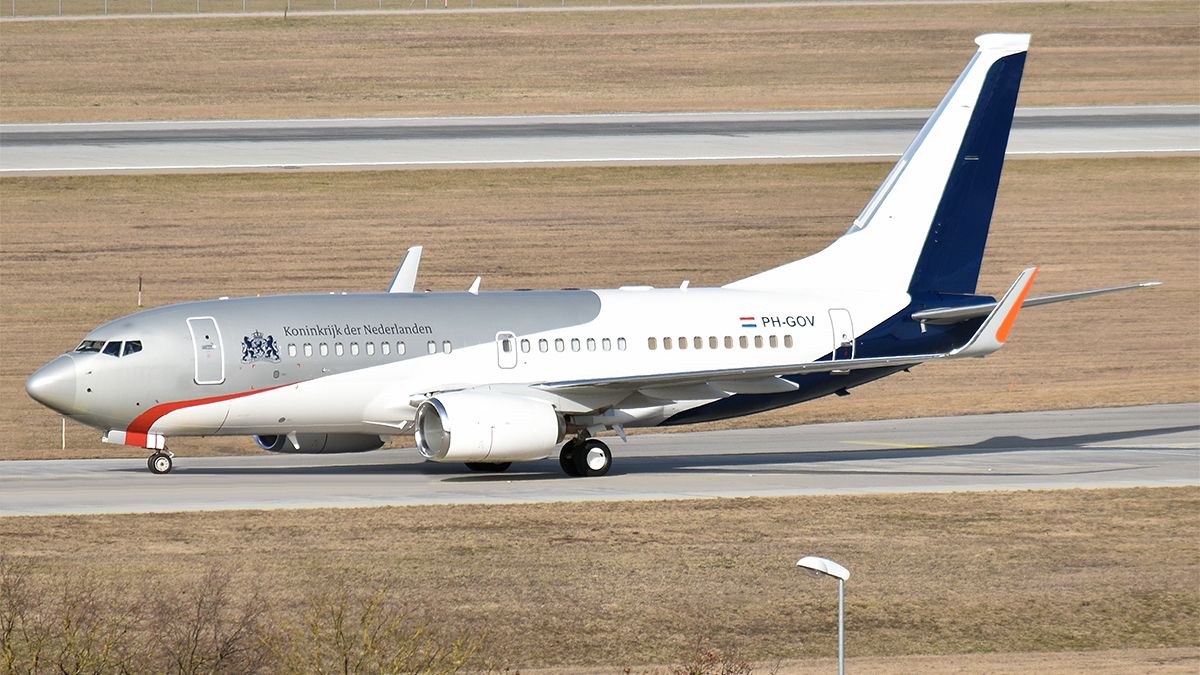
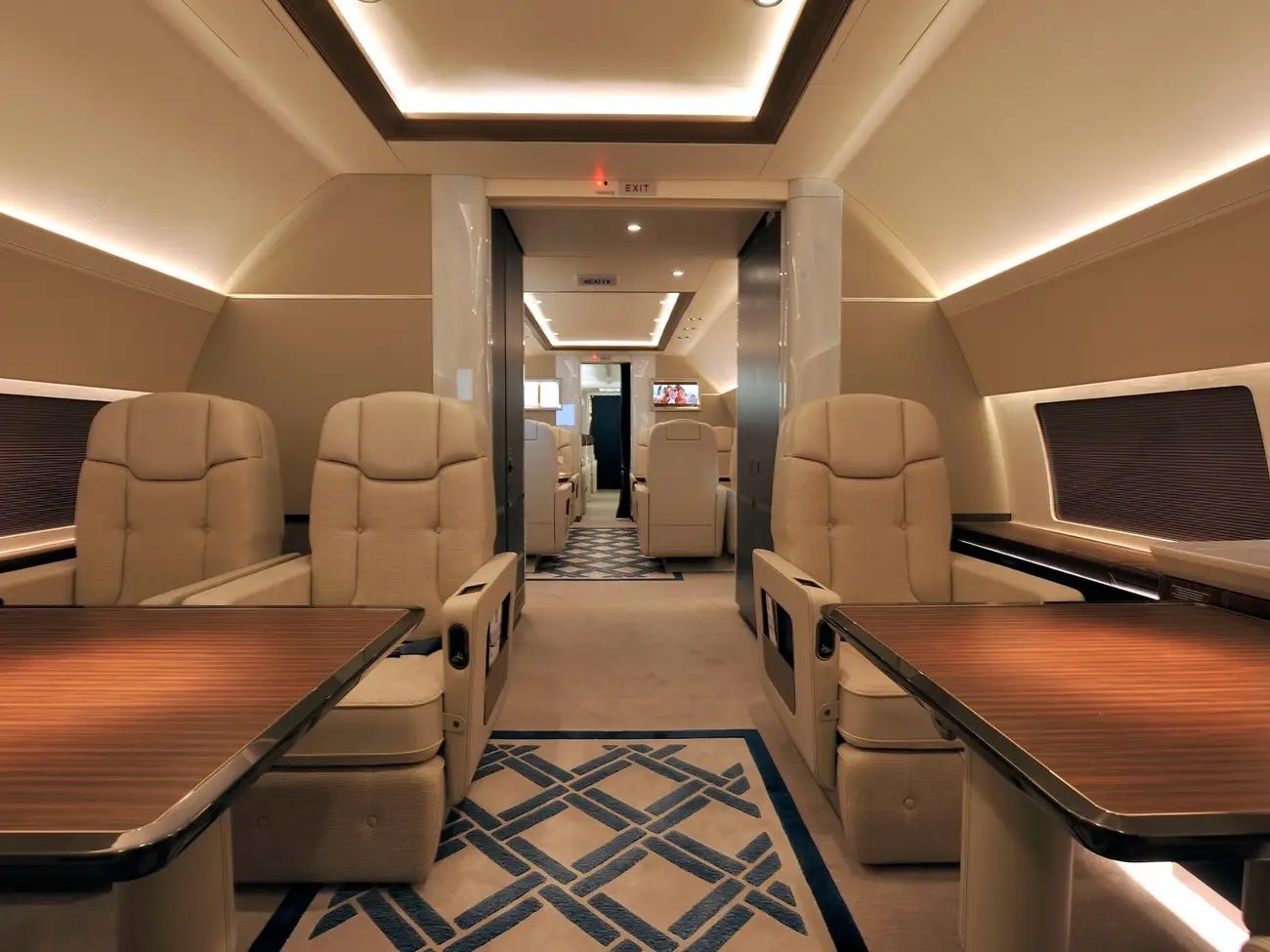
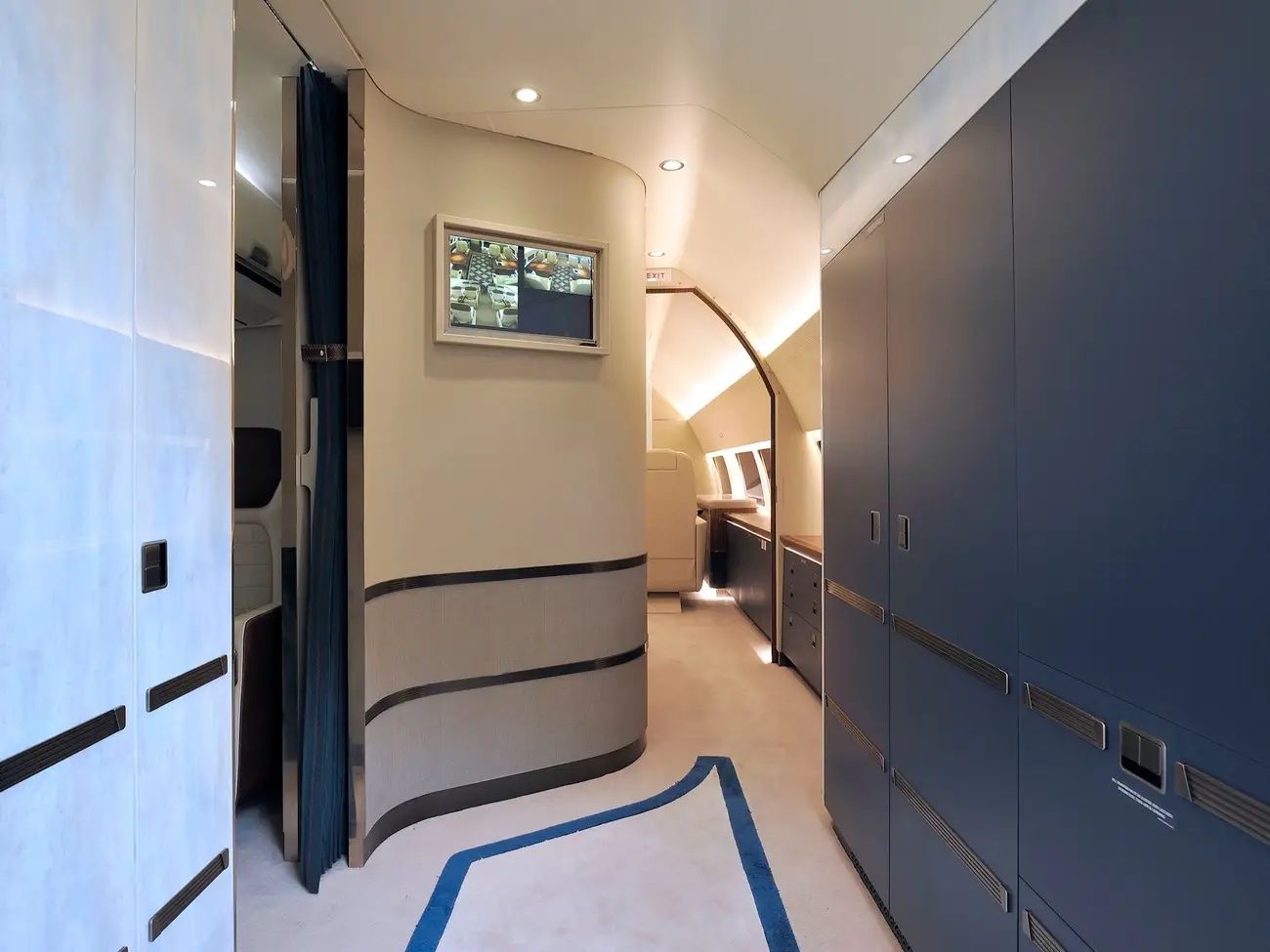
.jpg)